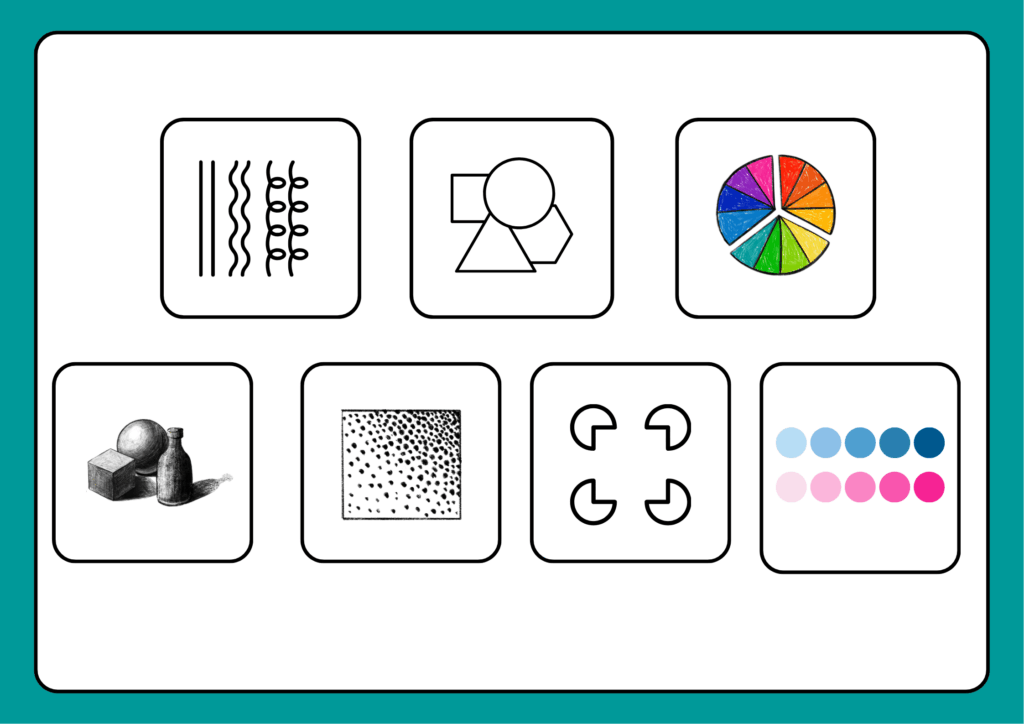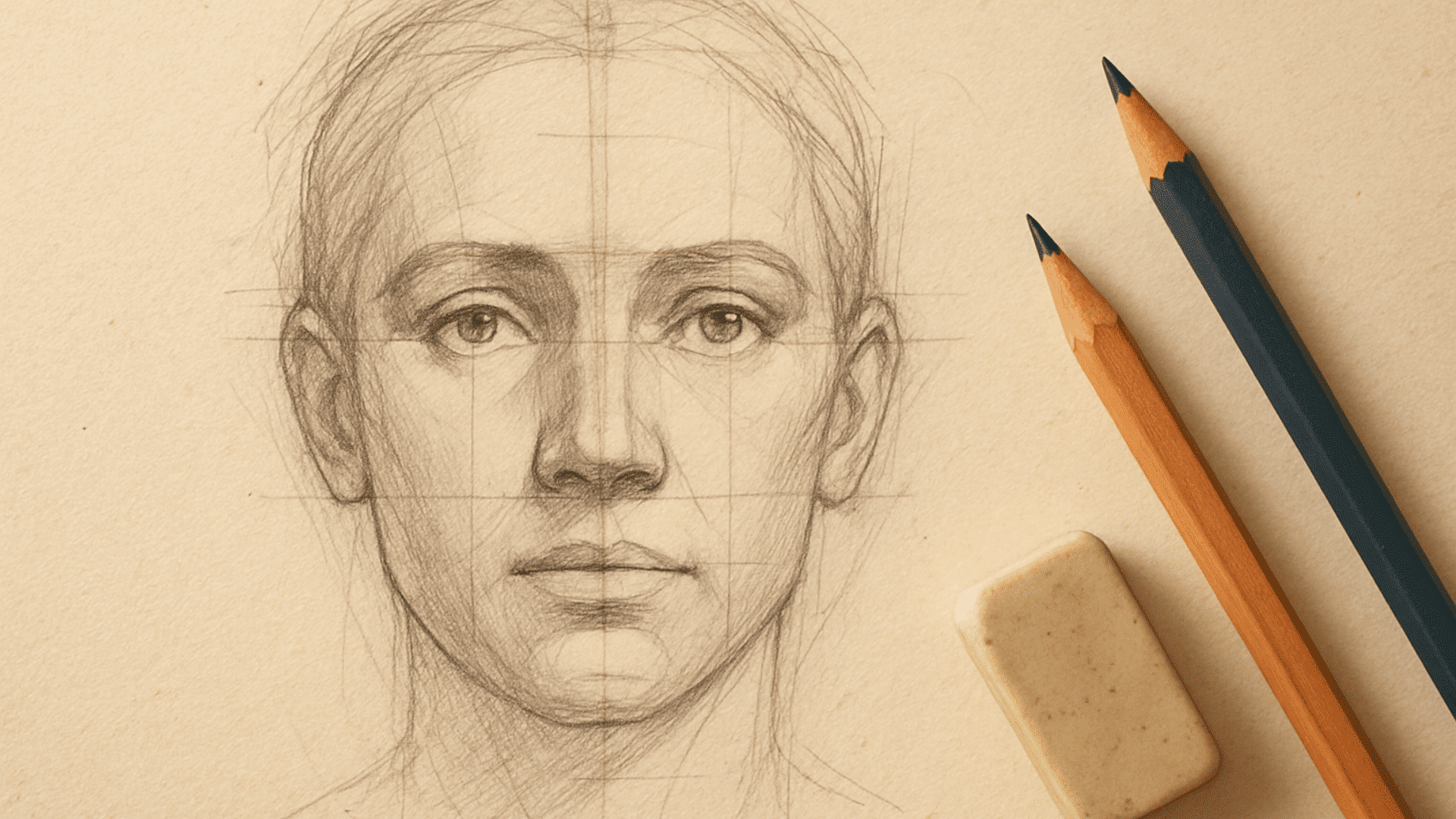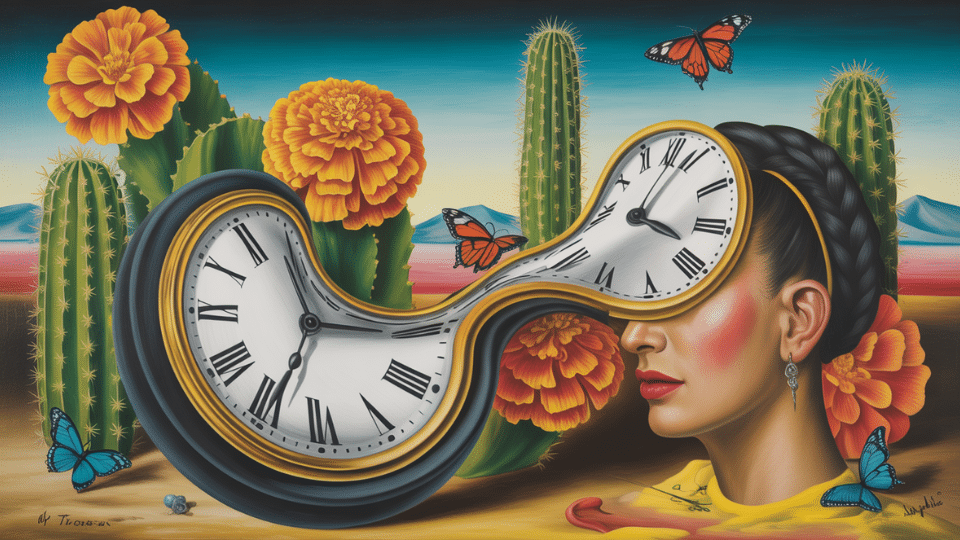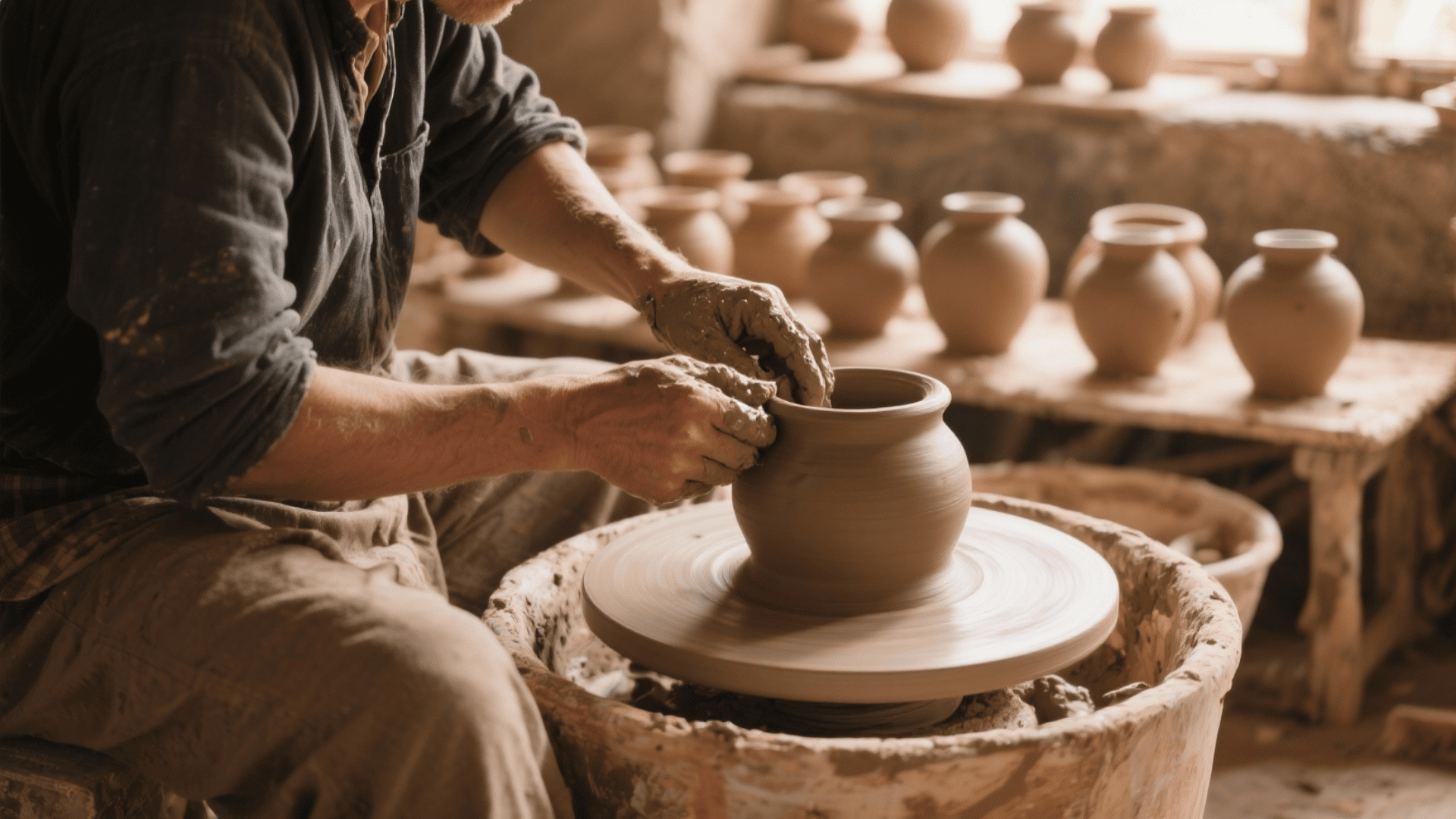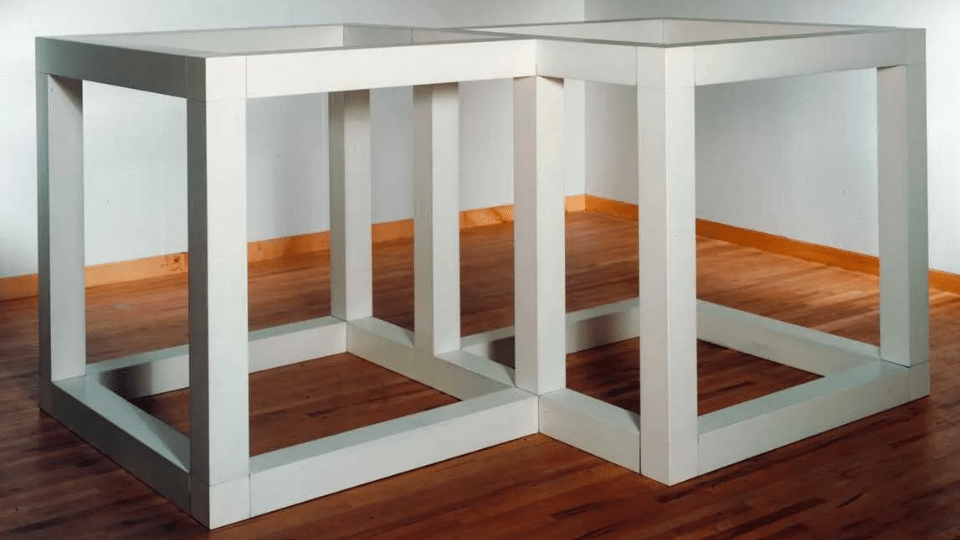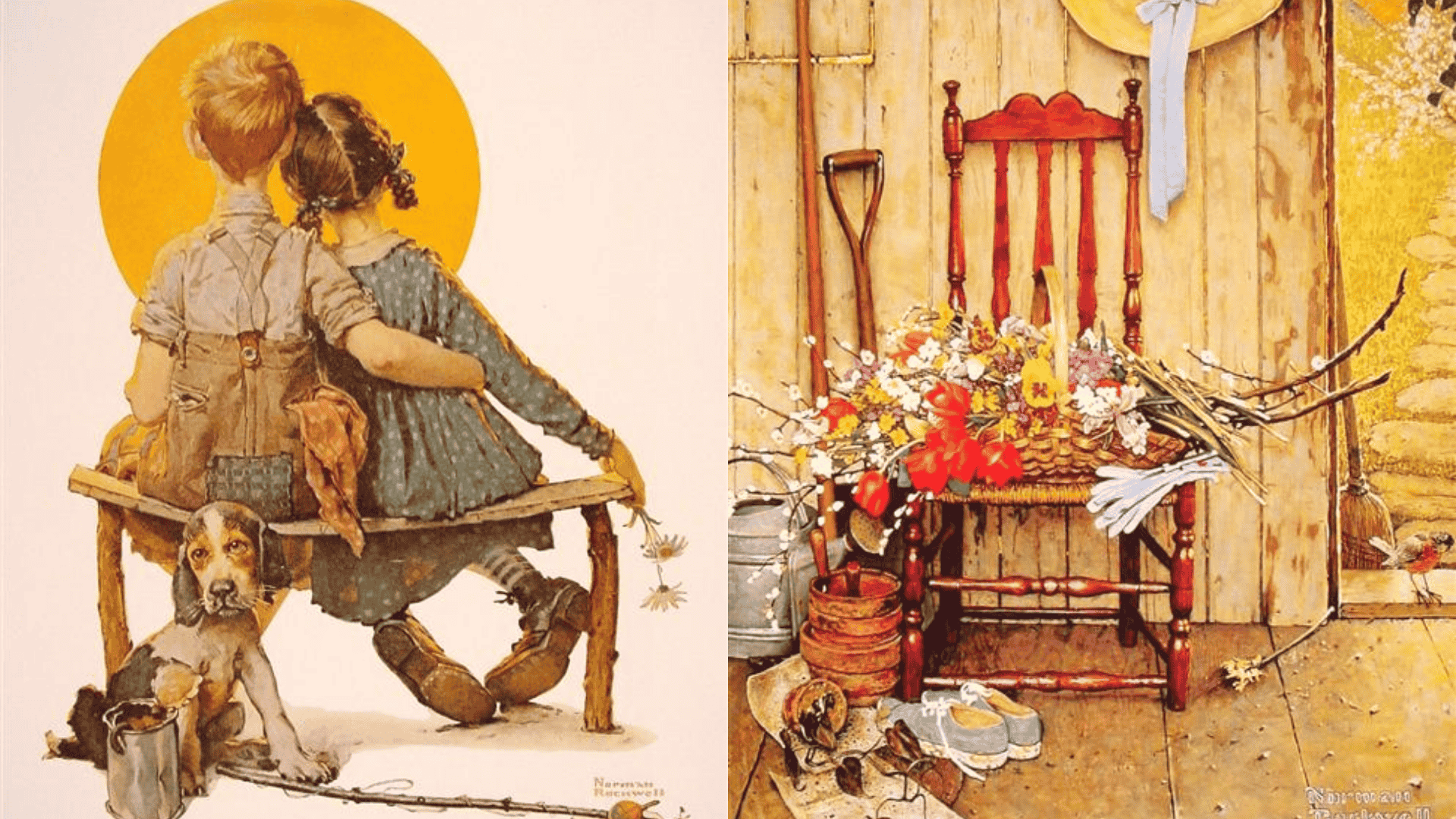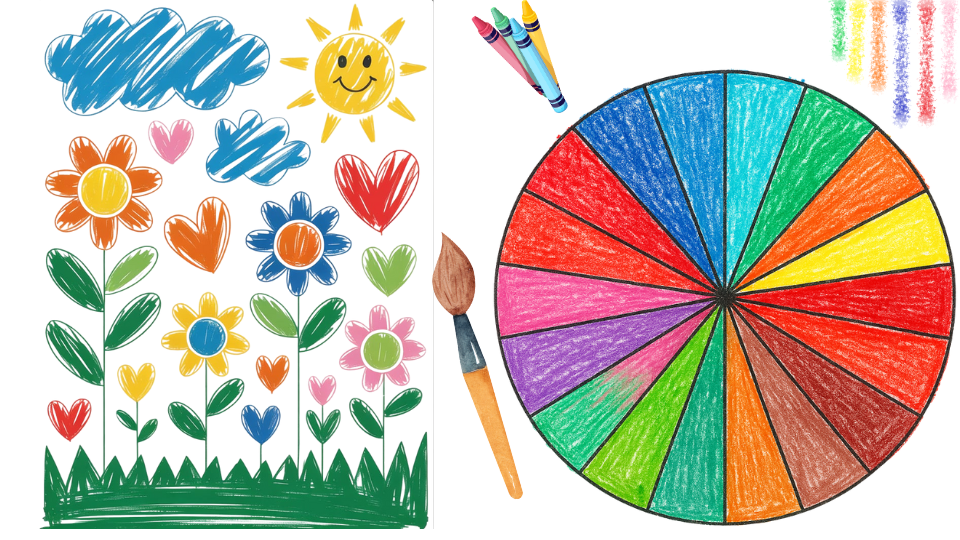Drawing forms the foundation of visual art, requiring mastery of fundamental building blocks that bring artwork to life.
The seven elements of art in drawing, such as line, shape, form, space, color, value, and texture, serve as an essential vocabulary for effective artistic communication.
These core components modify blank surfaces into compelling visual narratives.
From beginners picking up their first pencil to experienced artists refining their craft, understanding these 7 elements is crucial for creating attractive drawings that engage viewers.
Why Learning the Elements of Art Is Important for Artists?
Understanding the elements of art provides artists with essential tools for effective visual communication and creative expression.
These fundamental building blocks help create balanced compositions, express emotions, and guide viewers through artwork.
Just as writers need vocabulary and grammar to communicate effectively, artists need the elements of art to convey their ideas in compelling visual stories and produce professional-quality artwork throughout their creative work.
Mastering these elements builds confidence and improves artistic skills across all mediums, enabling artists to translate ideas into compelling visual stories with professional quality.
What are the 7 Elements of Art?
The elements of art are the building blocks every artist uses to create a masterpiece. From line and shape to color and texture, these core ingredients form the foundation of all visual expression.
1. Line

The path created by a moving point serves as the foundation for all drawings. Lines can be straight, curved, thick, or thin, and they define shapes while creating movement and emotion in artwork.
- Types: Horizontal, vertical, diagonal, curved, zigzag
- Function: Creates movement, defines shapes, and shows emotion
- Techniques: Contour, gesture, cross-hatching
2. Shape

Two-dimensional areas that are enclosed by lines or defined by changes in color and value. Shapes are flat and exist only in height and width, forming the basic building blocks of composition.
- Types: Geometric and organic shapes
- Function: Creates structure and visual interest
- Examples: Circles, squares, triangles, natural forms
3. Form

Three-dimensional objects with height, width, and depth that appear solid and real on flat surfaces.
Artists create the illusion of form through the use of shading, highlighting, and perspective techniques.
- Types: Geometric and organic three-dimensional objects
- Function: Shows volume and depth
- Techniques: Shading, highlighting, and perspective
4. Space

The area around, between, and within objects in an artwork, which includes both filled and empty spaces. Space creates depth and helps organize the composition by showing relationships between objects.
- Types: Positive and negative space
- Function: Creates depth and composition balance
- Techniques: Overlapping, size variation, perspective
5. Color

The visual property that results from light reflecting off surfaces encompasses hue, saturation, and brightness. Color is one of the most potent elements for creating mood and expressing emotions in artwork.
- Properties: Hue, value, intensity
- Function: Conveys mood and emotion
- Theory: Primary, secondary, complementary colors
6. Value

The lightness or darkness of colors and tones that range from pure white to pure black. Value is essential for creating the illusion of three-dimensional form and depth on flat surfaces.
- Range: Light to dark tones
- Function: Creates form, depth, and contrast
- Techniques: Shading, gradients, highlights
7. Texture

The surface quality or tactile appearance of objects can be either actual or implied. Texture helps viewers understand what objects would feel like and adds realism to drawings.
- Types: Actual and implied texture
- Function: Shows surface quality and adds realism
- Techniques: Mark-making, cross-hatching, stippling
The Tools and Techniques Used to Create Elements of Art
Each element of art requires specific tools and techniques to master effectively. Understanding which materials and methods work best for each element helps artists develop their skills more efficiently.
| Element | Tools | Techniques |
|---|---|---|
| Line | Pencil, pen, charcoal, marker | Contour drawing, gesture, cross-hatching, stippling |
| Shape | Any drawing tool, rulers | Basic shape construction, silhouette drawing |
| Form | Pencil, charcoal, blending tools | Shading, highlighting, gradients, sphere studies |
| Space | Pencil, ruler, erasers | Linear perspective, overlapping, atmospheric perspective |
| Color | Colored pencils, pastels, and paints | Color mixing, layering, blending, and color wheel studies |
| Value | Graphite, charcoal, blending stumps | Value scales, chiaroscuro, and gradient practice |
| Texture | Various pencils, erasers, and tools | Mark-making, scumbling, cross-hatching, stippling |
How the Elements Work Together in Drawing
The 7 elements of art work like a team, each supporting and improving the others to create successful drawings. No single element works alone; they combine and interact to produce artwork that feels complete and engaging.
They work together in interconnected relationships that strengthen overall compositions. Lines connect to create shapes, while shapes give lines purpose and meaning in the artwork.
Form and value collaborate closely, as changes in value reveal the three-dimensional quality of forms through careful placement of light and shadow. Color and value team up to create mood, with value providing a structural foundation and color adding emotional impact.
Different line techniques generate various textural effects and surface qualities, showing how texture and line support each other.
Most importantly, space organizes how all other elements relate to each other in the composition, creating harmony and visual flow throughout the drawing.
Examples of the Elements in Famous Artworks

Famous artworks provide excellent examples of how master artists skillfully employ the elements of art.
By studying these masterpieces, we can see how professional artists use these fundamental building blocks to create compelling and forever works of art.
Leonardo da Vinci’s “Mona Lisa”:
- Line: Subtle contour lines define facial features with incredible precision
- Shape: Triangular composition created by the subject’s pose and hand placement.
- Form: The masterful use of the sfumato technique creates a realistic, three-dimensional form.
- Value: Gradual value transitions from light to shadow model the face perfectly.
- Space: Atmospheric perspective in the background landscape shows depth.
Vincent van Gogh’s “Starry Night”:
- Line: Bold, swirling lines create movement and energy throughout the composition.
- Color: Vibrant blues and yellows create dramatic contrast and emotional impact.
- Texture: Thick paint application (impasto) creates actual texture on the canvas surface.
- Shape: Organic shapes in the sky contrast with geometric village shapes below.
Pablo Picasso “Guernica”
- Line – Bold, expressive black outlines with jagged, angular strokes creating chaos and violence
- Shape – Fragmented geometric and organic shapes in triangular composition with distorted forms
- Form – Flattened Cubist interpretation showing multiple perspectives simultaneously
- Color – Monochromatic black, white, and gray palette emphasizing somber anti-war message
Michelangelo “David”
- Line – Implied lines through muscle definition, anatomical contours, and vertical pose
- Shape – Organic, naturalistic human form in an active contrapposto triangular composition
- Form – Fully three-dimensional marble sculpture with perfect anatomical proportions
- Color – Natural white marble with subtle tonal variations across the surface
- Texture – Smooth, polished marble contrasting with rougher textured hair areas
Easy Tips for Practicing the Elements of Art
- Spend specific drawing sessions exploring just one element at a time.
- Spend one session creating different types of lines, and another working only with shapes.
- Practice with basic objects, such as fruits, geometric solids, or household items.
- Choose subjects that allow you to concentrate on elements without complex details.
- Create small, quick sketches that focus on specific elements rather than finished artworks.
- Draw the same object multiple times using different elemental approaches.
Conclusion
Mastering the 7 elements of art in drawing modifies how you see and create art.
These fundamental components, namely line, shape, form, space, color, value, and texture, provide the framework for expressing your artistic vision with confidence and skill.
Practicing each element individually and combining them effectively will significantly improve your ability to create compelling, realistic drawings.
Great artists didn’t master these elements overnight; consistent practice, careful observation, and experimentation gradually strengthen artistic abilities.

